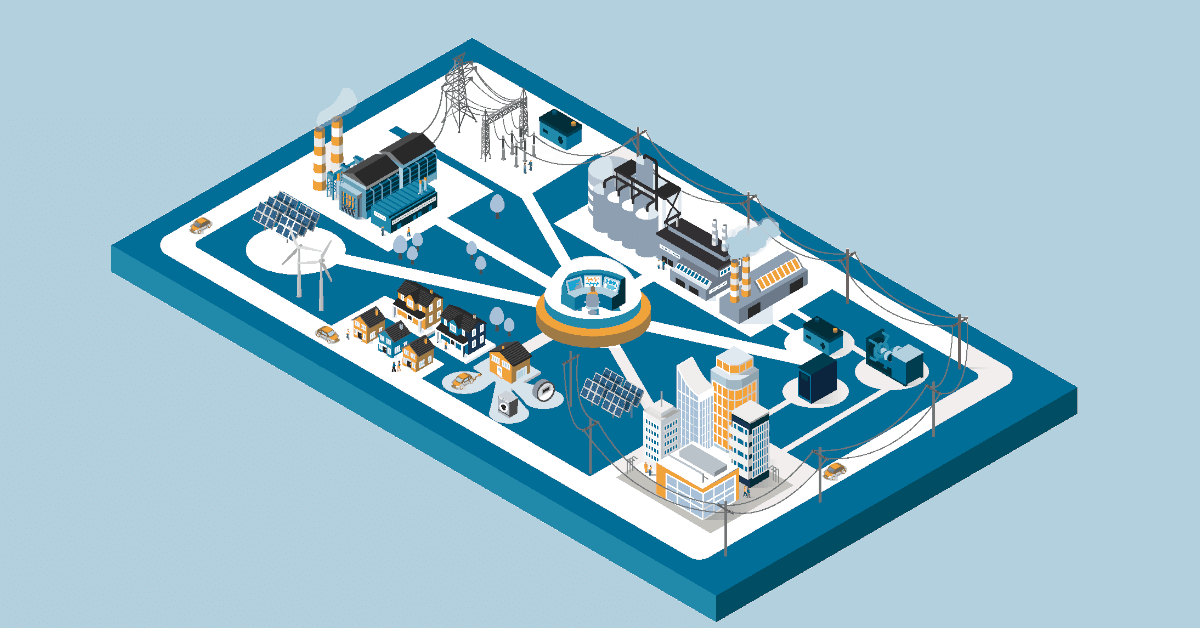
The Internet of Things, or IoT, refers to the billions of physical devices around the world that are now connected to the internet, all collecting and sharing data. In today’s world, more and more things are becoming IoT devices; lightbulbs, cars, cell phones and cameras are just a few simple examples.
Outside Plant (OSP) is the underlying network connectivity for IoT and refers to any physical network infrastructure installed outside of a building. OSP not only connects the devices that together comprise the IoT, but also connects the data centers across enterprises, and the data centers that power the internet itself. OSP thus has a crucial role, and a failure in the OSP will have serious and wide-ranging consequences.
Did you know that Outside Plant (OSP) plays a crucial role in the support of IoT?
This article describes what the IoT is and illustrates the significant role of OSP in relation to the IoT. To maintain the required levels of network availability, management of the OSP network is no longer an option, but a requirement. The article goes on to describe how a comprehensive and specialized cable and asset management system can help you meet this requirement.
The Internet of Things
The Internet of Things, or IoT, refers to the billions of physical devices around the world that are now connected to the internet, all collecting and sharing data. In today’s world, more and more things are becoming IoT devices; lightbulbs, cars, cell phones and cameras are just a few simple examples.
IoT plays an essential role in today’s world in many areas, for example in facilitating traffic monitoring, energy utilities, smart buildings and medical applications.
The crucial role of OSP
Outside Plant (OSP) is the underlying network connectivity for IoT and refers to any physical network infrastructure installed outside of a building. OSP not only connects the devices that together comprise the IoT, but also connects the data centers across enterprises, and the data centers that power the internet itself. OSP thus has a crucial role, and a failure in the OSP will have serious and wide-ranging consequences.
Take the simple example of Waste Management in a smart city. The refuse bins have IoT sensors that track their fill level, hence allowing the optimization of the storage and collection workflows. The connectivity of these sensors and the data centers that process the information rely on OSP to ensure a continuous availability and smooth operation.
The challenges of OSP management
Typical challenges faced by an OSP network professionals are how to:
- Design and maintain network and power redundancy
- Troubleshoot network issues
- Plan and manage changes to the network
- Visualize and report on the network assets and connectivity
To address these challenges, OSP network professionals can benefit hugely from a specialized software solution. This solution can especially help with:
- quickly troubleshooting issues in the network by providing detailed visualization and reporting of the network assets and connectivity of the complete outside and inside plant, from the top-level geographical level all the way down to individual strands, splices, ports and connectors
- pinpoint single points of failure in the network design
- allowing network teams to seamlessly work together according to change management workflow processes
PATCH MANAGER as the solution
At PATCH MANAGER, we are passionate about providing our customers the best tools possible to help you manage your network, and PATCH MANAGER was created to address the challenges outlined above.
PATCH MANAGER is the comprehensive cable and asset management software solution that can help you manage your OSP infrastructure and avoid network disruption. Ensuring constant network connectivity makes the Internet of Things possible!
PATCH MANAGER is the leading software solution for cable and network asset management, and is designed at the core to support both outside and inside plant networks. PATCH MANAGER assists you to plan and troubleshoot by providing detailed modeling, visualization and reporting on all aspects of your end-to-end physical layer network infrastructure.
Out-of-the-box, PATCH MANAGER seamlessly integrates with standard GIS protocols, whereby geographical maps from your GIS system or public map services can be linked into PATCH MANAGER within a few clicks. Network locations and components in PATCH MANAGER are then represented according to their exact geographical position. They are managed according to the full power of the PATCH MANAGER feature set, instead of being managed as mere geographical symbols in a GIS system.
PATCH MANAGER helps you to manage your change processes and audits through work orders and customizable workflows, and provides an extensive REST API for enterprise and engineering system integration.
If you would like to know more about PATCH MANAGER’s features and benefits, request a personal online demo here!
Download the printable version of this article here: